First, Get the value
Zenity will print the amount of hours the user entered to stdout after you click GO.
The first step would be to modify your script to capture the result and assign it to a variable:
hours=$(zenity \
--forms \
--title="TIME TRACKING" \
--text="Please track your time" \
--add-entry="¿ What have you done ?" \
--ok-label "GO")
Options
What you can do next depends on the type of access and control you have over the website. Some options are hacks.
For each of the following options pass the $hours variable to the website as a query param, e.g:
case $? in
0) chromium-browser "http://site/that/I/want/to/open?hours=$hours"
Option A - Website supports populating the field by query param
You may get lucky and the above will just work. If it doesn't work first go you may have the wrong query param name.
To determine what the correct query param name is, examine the source code and how it behaves when you submit the form manually.
E.g. https://www.google.com?q=pre+populate+the+search+bar
Option B - Write a user script to do it in the browser
Use the Tamper Monkey tool to run a user script when the page loads, that pulls the query param and sets the field.
// ==UserScript==
// @name Set Hours
// @match http://site/that/I/want/to/open*
// ==/UserScript==
(function() {
var urlParams = new URLSearchParams(window.location.search); // Reference: https://stackoverflow.com/a/47566165/241294
if (urlParams.has('hours')) {
var hours = urlParams.get('hours');
document.getElementById("my_id").value = hours;
alert('well done ad3luc you did ' + hours + ' hours today');
}
})();
A downside of course is now the logic is in two places, your script and in your the browser.
It is a hack, but I do like the separation of concerns. The script sends the value to the website. The website, sets the field value.
You would also need to ensure the param you choose doesn't clash with any of the existing query params the site uses.
Option C - Modify the website
Change the website's source code so that it supports Option A.
